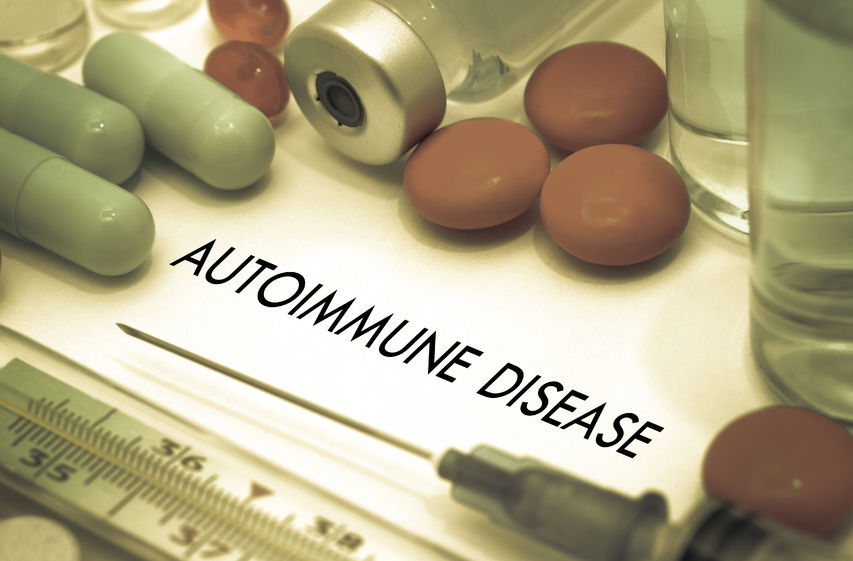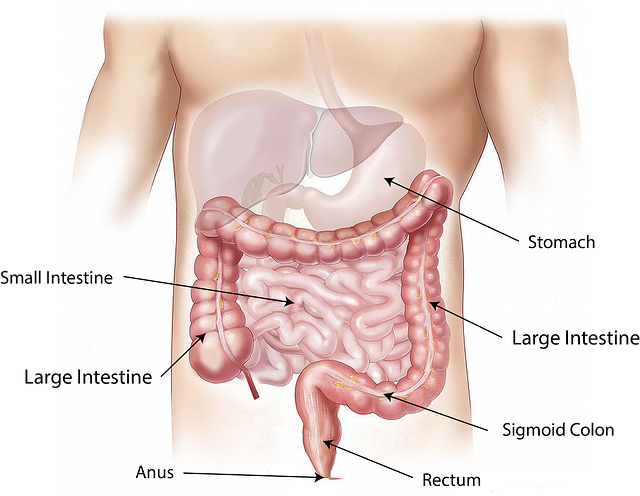Gluten-Free Diet Tips: Learn About the FDA's Gluten-Free Labeling and Allergen Labeling Rules
This page elaborates on one suggestion in my quick list of gluten-free diet tips.
Gluten-Free Diet Tip: Learn About the FDA's “Gluten Free” Labeling Rule
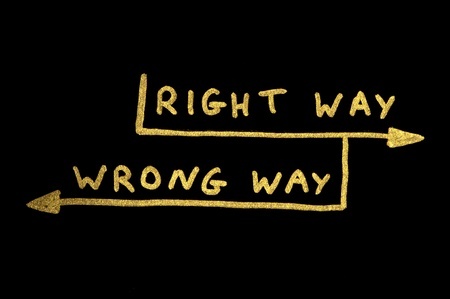
A new U.S. Food and Drug Administration (FDA) rule about gluten-free labeling became reality on August 5, 2014 (the compliance deadline for manufacturers).
In essence, all packaged food products that bear the term “gluten free“ must contain less than 20 parts per million (ppm) of gluten.
According to the FDA, the new labeling rule ensures that the “gluten-free” claims on food packages are reliable and consistent.
This is good news, isn't it? Yes, this new rule is a huge accomplishment that took many years to achieve. But it could certainly be improved, and hopefully over time, it will be.
Unfortunately, some people with celiac disease are so sensitive to gluten that their body will react to products that contain 20 ppm of gluten. (If you are one of them, see the section about the certification of products that contain less than 10 ppm of gluten.)
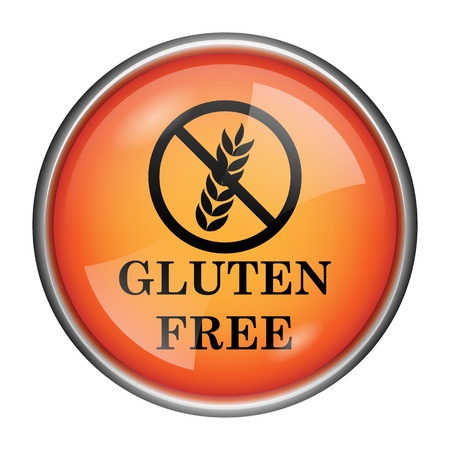
A couple other facts to note about this new rule:
- Food products that are labeled “no gluten,” “free of gluten,” and “without gluten” must also comply with this rule.
- Manufacturers are not required to “call out“ gluten in food products.
- Manufacturers are not required to test for gluten in their products.
- Oats are naturally gluten free, but they are often cross-contaminated by gluten. So even though most people with celiac disease can safely consume uncontaminated oats, they should only consume oats and products that contain oats when they are labeled gluten free.
- If a food product is labeled “gluten free” but wheat starch is one of the ingredients, that means that the final food product contains no more than 20 ppm of gluten. If the food product with wheat starch is not labeled “gluten free," then people with celiac disease should not consume it.
- According to the FDA, “restaurants making a gluten-free claim on their menus should be consistent with FDA’s definition.“ (1) However, this doesn't mean that restaurants are required to do so.
According to the National Foundation for Celiac Awareness (NFCA), this gluten-free labeling rule also applies to dietary supplements—but not to the following (2):
- Foods regulated by the USDA (including meat, poultry, fish, and eggs)
- Alcoholic beverages regulated by the Alcohol and Tobacco Tax and Trade Bureau (TTB)
- Prescription and non-prescription drugs
- Pet food
- Cosmetics
For more information, see the follow-up fact sheet from the NFCA's webinar titled “Understanding the FDA's Gluten-Free Labeling Rule Part 1: What You Need to Know.“ The NFCA's fact sheet about gluten-free labeling is available as a PDF.
If you believe you were glutened from a product labeled “gluten-free,“ you can contact the FDA Consumer Complaint Coordinator assigned to the state in which you reside. To find out how to contact your coordinator, check the state-by-state list of phone numbers.
Gluten-Free Diet Tip: Learn About the FDA's Food Allergen Labeling Rule
The use of a gluten-free label on a food product does not eliminate the requirement to comply with the FDA's mandatory allergen labeling rule, described below.
The Food Allergen Labeling and Consumer Protection Act of 2004, which took effect January 1, 2006, requires that the labels of foods must state the presence of the top eight allergens in plain language. The top eight allergens are milk, eggs, fish, crustacean shellfish, peanuts, tree nuts, wheat, and soy. (3)
According to the FDA, these top eight allergens account for 90 percent of food allergies.
The allergen labeling on a food product has a Contains statement, for example, “Contains wheat.”
Note that a food can be labeled gluten free and also include the word “wheat” in the ingredients list and in the Contains statement. This might seem like a contradiction. However, the FDA is allowing the use of ingredients such as wheat starch under the following circumstances:
- The ingredient has been processed such that most of the gluten protein has been removed.
- The amount of gluten present in the final food product meets the requirement of containing no more than 20 ppm of gluten.
In fact, the word “wheat” in such food products must be followed by an asterisk and the statement: “The wheat has been processed to allow this food to meet the Food and Drug Administration requirements for gluten-free foods.”
An Extra Gluten-Free Diet Tip: Buy Certified Gluten-Free Products
Here's another gluten-free diet tip for you to consider: When shopping for gluten-free products, look for products that are certified gluten free (and bear a special label indicating so).
According to the National Foundation for Celiac Awareness (NFCA) (4): “There are several certifying bodies that offer gluten-free certification, and each has its own criteria to ensure safety for consumers. Typically, the criteria includes testing the gluten content of the finished product.“
The following are the gluten-free certification programs noted by the NFCA:
- Gluten-Free Certification Program (GFCP) – Developed by the Canadian Celiac Association (CCA) and later endorsed by the NFCA. Certifies gluten-free products for distribution in the United States and Canada to contain less than 10 parts per million (ppm).
- Gluten-Free Certification Organization (GFCO) – Developed by the Gluten Intolerance Group. Certifies gluten-free products to contain less than 10 ppm. As of April 2014, GFCO has certified 21,000 products sold in 5 countries and is expanding. Audits are conducted in 25 countries around the globe.
- Quality Assurance International (QAI) Gluten-Free Program – With expertise from its parent company, National Sanitation Foundation (NSF) International, QAI certifies gluten-free products to contain less than 10 ppm. QAI also has more than 20 years of organic certification expertise.
- National Celiac Association (NCA) Recognition Seal Program – Certifies gluten-free products to contain less than 5 ppm. Products that meet this program's requirements bear the NCA Recognition Seal.
Obviously, these certification requirements are more stringent than the FDA’s threshold of less than 20 ppm of gluten. Especially if you find yourself sensitive to trace amounts of gluten, you might consider buying products that meet these requirements.
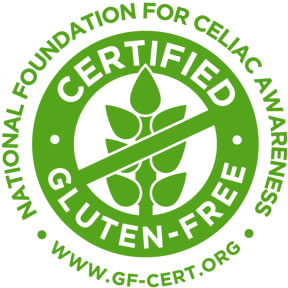 Gluten-Free Certification Program (GFCP) Seal |
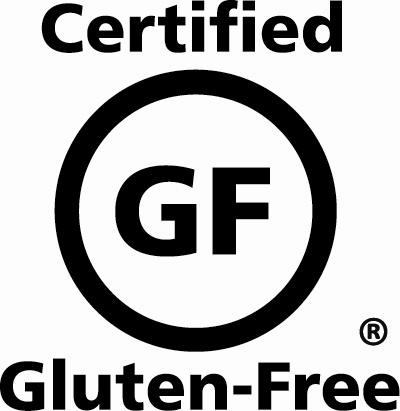 Gluten-Free Certification (GFCO) Seal |
 Quality Assurance International/National Sanitation Foundation (QAI/NSF) Certification Seal |
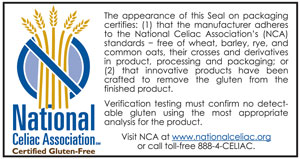 National Celiac Association (NCA) Recognition Seal |
References
1. U.S. Food and Drug Administration (FDA). 'Gluten-Free' Now Means What It Says. [Article]
2. Beyond Celiac. Gluten-Free Archived Webinars: “Understanding the FDA's Gluten-Free Labeling Rule Part 1: What You Need to Know.“ Webinar held September 18, 2013. [Webinar]
3. FDA. Food Allergen Labeling and Consumer Protection Act of 2004. [Regulation Text]
4. Beyond Celiac. Gluten-Free Certification. [Article]
CeliacFAQ.com home page > Gluten-Free Diet Tips > Learn About the FDA's Labeling Rules
